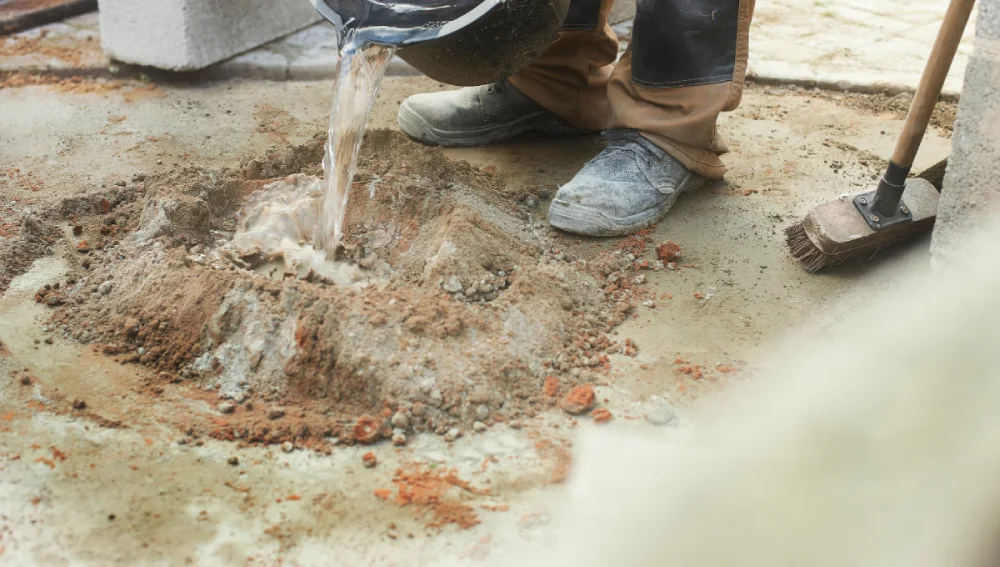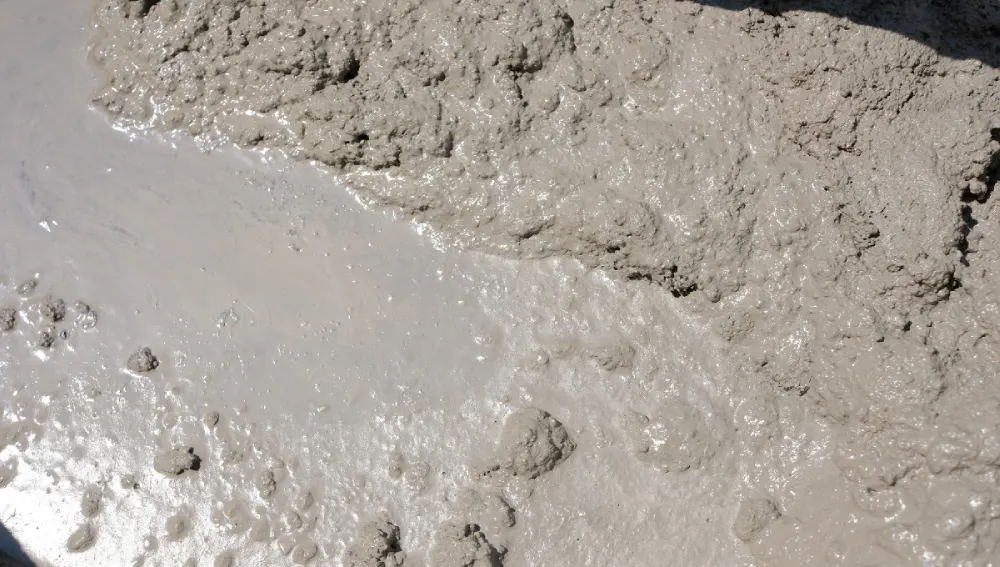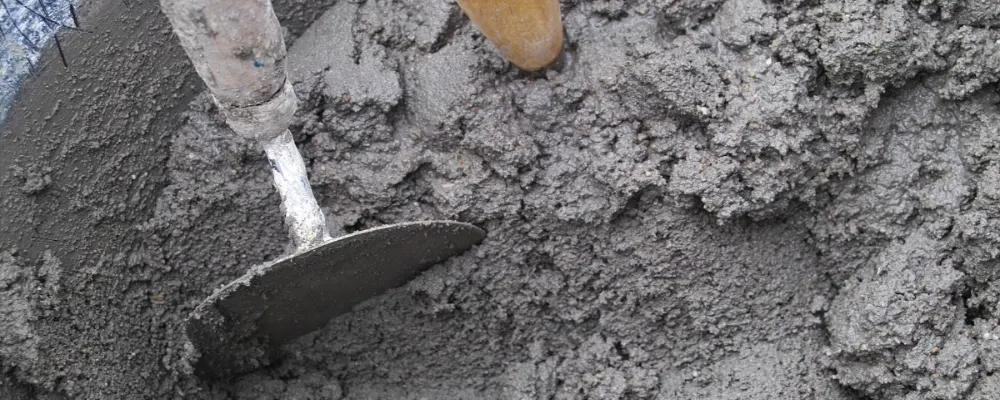Cement hydration is a chemical reaction that normally takes place when cement is mixed with water.
The fine, loose, and plastic cement combined with water will undergo an exothermic reaction, losing its plasticity and beginning to harden.
It primarily takes place to enhance workability and increase the durability and strength of the concrete. This blog explains cement hydration in detail.
Understanding the Hydration of Cement
The hydration process is a procedure in which the cement becomes one hard mass or a slurry after adding water. Introducing water to the cement leads to an exothermic reaction where a high temperature of about 60°C is reached. This process forms a mixture of calcium aluminate and calcium silicate hydrates in any form.
The density of water on the surface of the cement permits the process of hydration to stay for at least weeks.
Phases of the Cement Hydration Process

There are five different phases the cement undergoes in the hydration process to reach its desired strength. A closer look at the phases is listed below:
1. Initial Mixing Reaction
At first, when cement comes in close contact with water, the temperature starts to reach peaks. The alumina in the cement reacts with the water molecules and releases ions, namely sulphate and calcium. These ions form an aluminate hydrate also known as ettringite. The energy released from these chemicals is the reason for initial peaks in temperature.
2. Dormancy
As the name indicates, dormancy means that the initial stage has come to an end, but a surface coating starts to develop. At the dormancy stage, the hydration process starts to slow down as there is not enough access to the water molecules. The concrete surface remains in a fluid state, whereas the amount of hydrated concrete keeps on increasing in a steady state.
This phase is specifically used for transportation. However, the length of fluidity depends on the type of concrete used, its mix, and the transport length. Hence, it is important to optimise the concrete mix before transferring, and this phase ends with the initial setting of concrete.
3. Strength Acceleration
As heat increases and the hydration process starts to continue, the strength of the cement begins to increase. The reaction between calcium silicates leads to the formation of silicate hydrate, or CSH. The CSH partly impacts the strength of the cement formation. At this stage, it is important to note the temperature change. In the case of mass concrete application, the internal temperature should be below 70 degree celsius. Temperatures above this are not recommended.
4. Speed Reduction
As the maximum temperature is reached in the previous phase, the acceleration of the hydration process decreases. The process doesn’t come to a halt as there are still free particles available, but the reaction rate is reduced.
The framework around the concrete can be removed at this stage as the desired strength is achieved. This can be achieved only by optimising and monitoring the internal temperature, time, and maturity of the concrete.
5. Post Formwork
The final phase of the hydration process, the chemical process, slowly comes to an end. The formwork can now be easily removed, and the final durability and strength can be reached in a few weeks or months.
Primary Products of Hydration

During the process of hydration, there are several chemical products released that play a major role in concrete formation.
Calcium Silicate Hydrate
The calcium silicate gel is the initial product of the cement hydration process, which is important for the binding process. However, there is no predetermined ratio for the CaO and SiO2 processes. The general line is that about 50–60% of the hydrated product reaches this range. The gel fills the gap between the aggregates and cement particles, leading to the formation of a dense matrix of concrete.
Calcium Hydroxide (Ca (OH)2)
Calcium hydroxide is another product that is released during the process, contributing to about 20 to 25% of the solidified volume of the cement paste. The calcium hydroxide, if maintained at a pH of 13, prevents corrosion during the reinforcement process. This protection is the primary and only role of the chemical product.
Ettringite
When the hydration process occurs at full acceleration, the cement may form cracks in it. To prevent this process, gypsum is added, which reduces the solubility and controls the flash setting character.
The sulphate from gypsum reacts with other chemicals, leading to the formation of calcium aluminate sulphate, which is also known as ettringite.
This is used before the hardening process and hence does not affect the strength of the concrete or have any harmful effects on it.
Conclusion
In summary, the hydration of cement plays a crucial role in giving the concrete its rigidity. However, the rigidity and strength of the end products also depend on the time, chemicals, and optimisation of temperatures. Having optimised generation of hydration of heat ensures structural stability and durability.
FAQs
The cement hydration process has five different phases, namely the initial mixing reaction, dormancy, strength acceleration, speed reduction, and steady development.
Cement hydration is an exothermic chemical reaction that occurs on mixing water with cement.
The factors that influence the cement hydration process are time, temperature, curing stage, and composition of chemicals.

